|
Where to begin. Well we just got internet back at farm last week! Very exciting. I can now update our website and our farm blog from the Community Center and respond to emails! Hence how so much time has passed since last farm blog updates. Its now Thursday, slightly cloudy, with a cool rain forest breeze passing through the valley. I just finished pumping water for the morning. There's some familiar bird sounds close by working on nests. Leilah, Farmer Mary's beautiful little geriatric poodle, is doing her usual frantic efforts to keep up with her as she goes garden to garden. With once empty skies void of birds after the storm, its such a serene experience to be here now listening to familiar bird calls that are repopulating the rain forest as I type: American Kestrals, Grey King Birds, Bananaquits, Grassquits, Mangoquits, Smooth billed Ani tribes, Redtail hawks, Bridled Quail doves, Zenaida doves, and of course Pearly Eyed Thrashers (Trushies). I'm still waiting to hear back again Mangrove Coucoo. There's so many beautiful memories to recount, here's just a few that had photos to go along side them. ;) -Shelli June 2018 So far I'm sure everyone is also wondering about the tractor as Nate and I are too. Tractor hasn't left the dealer as yet. They seem to be taking their time. It still needs to get to Florida to then get here. We're ok for now though. We know recovery isn't a fast process for many and for us. Luckily we've had so many great volunteers that have helped us get some of our gardens back into shape without the help of a tractor. Power of community has been strong and continues to motivate us. So grateful for all those who have given to our recovery. There are still areas on the farm we haven't been able to get to. We are waiting for a shipment of new solar panels for cabana land. Farm to school is slowly picking up speed again. We are expecting 2 new staff members towards the end of the month. Its a good transition time into summer. And mangoes are just starting to ripen. May 2018 May happened fast. We finished our last month of CSA. Nate and I arrived back on St Croix second week in May right into Farm to School deliveries, organizing last CSA pork share delivery, weekly CSA deliveries, Agriculture Fair the last weekend of the month, and a farm dinner during Ag Fair weekend, and the departure of 2 of our most seasoned farmers, Matt and James. It was sad to see them leave but we are so happy for their next adventure. They're currently sailing to the US before Matt leaves for Ireland for his masters program in Sustainable Agriculture. James is off to visit family and friends and do some exploring. We said our goodbyes and wished them well on their journey. We know we'll see each other again and it will probably be right back here on St Croix. April 2018 April was life changing for us. Second Danish group since Maria. They were such a good helping hand around the farm. Most importantly, Nate had his hip replacement surgery. What an experience. In the end, he left the hospital in tact and the surgery itself went smoothly. Every thing before and after was unpleasant. First began by them giving him incorrect information as to when to check in. Turns out we had to wait in a hospital room 3 days before surgery so they could monitor his vitals. And from there on, it was all sorts of incomplete, untimely, incorrect information for days that kept us and his mom on our toes second guessing, double checking, and correcting during the whole time we were there. The worst part was 2 hours before his 6am dressing for surgery, he got food poisoning from one of his favorite GA restaurants. Unable to drink anything after midnight, he had to endure 2 hours of all the symptoms of food poisoning without drinking any water to wash down all the acid in his throat or to rinse his mouth. When assured by doctor the surgery could continue but could be postponed if he wanted, he mustard up the strength to follow through even while sick. So they continued. While I was in the waiting room with his mom, the hospital alarm system goes off. There was some emergency in the hospital and everyone was to stay away from elevators and doorways. It eventually goes off and out walks the surgeon to me. At this point, I'm watching him walk towards me and thinking why isn't he in the operation room. He hands me a jar. He said here is the screw. All done. He did great. Should be back in his room soon. March 2018 Our first CSA since storm began in March. What a relief for us and CSA members to have access again to local fresh organic produce post-storm. We went into it knowing it would be Matt and James' last CSA season with us, Nate was about to get his hip replacement we've been dreading yet needing for years, and we had to prepare for the Danes coming soon. We took in pigs to arbitoire, gathered coolers, ordered CSA produce boxes, ordered coffee, trellised, weeded, harvested, packed, did Farm to School deliveries. Bush Skills was in March. For many, our farm dinners was a return to normalcy. For us, it was having Bush Skills again. Was such a great one, yet saddest part was that the attendance wasn't more, it was less. this was our smallest one yet. Many just couldn't make time for it with all to be done in this post storm life. We hope to see a jump back to better attendance these upcoming ones. Some of this year's highlights: guest instructor Boudi, Bush Chef featured ingredient was a Redtail Boa Constrictor Snake meat, and Mrs Gibbs' students from Complex. February 2018 Moringa Month! We got the go ahead to harvest Moringa. We planted about 500 moringa plants beginning of last year to get to this point where we could harvest leaves for a local company. Unfortunately the storm left us with only a handful of our young ones. Good part is our old ones stood strong in the storm and recovered well. So February was filled with planting for CSA, opening up gardens that were damaged, getting irrigation back online, and lots of seeding. Lots! Farm dog Saba has a visit to the vet. We find out her systems are slowly shutting down but none of her vitals. Those are doing good. Its just about making here comfortable from here on out. January 2018
0 Comments
These were taken first week of storm. Its only been 19 days since Hurricane Maria struck St Croix. Photos by Nate. Special Thanks to Jennifer and Ali Recap: On September 6, 2017, category 5 Hurricane Irma passed north of STJ and hit our sister islands of St Thomas and St John and Tortola, amongst many island in its path. Ridge to Reef Farm was sending food and supplies to St Thomas food banks when on September 19, 2017 category 5 Hurricane Maria passed just a few miles south of St Croix and the west end where the farm is located received the brunt of the storm. Right after, all ports were closed and communication channels struggled to come back online. The first wave of responders came from our farm friends Jennifer Lockwood in Florida and Ali Avalon in Colorado. They organized immediately a fundraiser to send relief supplies via private plane company St Pete's Air out of St Petesburg, Florida. If it wasn't for these two main Farm First responders who mobilized a way to get supplies to the battered island of St Croix, then family members and friends wouldn't have been able to get immediate food, water, and basic supplies to our farm crew. To Jennifer and Ali and to all their friends and family that supported them, you were our angels in a serious moment of need. On behalf of everyone connected to the farm, thank you. Up to this first week in October, there have been no agencies/aid that have made it into the rainforest where the farm is located. The only aid the farm crew had received was what arrived through your supply trips. Thank you to all the friends and family that have sent supplies, prayers, and love. We so appreciate you. Thank you for thinking of us. With you help, we will rebuild, we will replant, and we will continue on our mission of teaching, living, growing, and sharing regenerative agriculture for small communities. Thanks to you, we can continue with our commitment to local and organic food for all and especially to our Virgin Islands Farm to School program. There is so much work to be done, its incredible. With your support, we know we will get it done. Ridge to Reef Farm. Click here to learn how to support these two fundraising campaigns that help us as well as other people in our community. http://stpeteair.org/usvi/ https://www.gofundme.com/RidgetoReefFarm To all the angels helping us and others... I am in awe of you. This is Jennifer Lockwood with ziggy at the trashed STX airport receiving a charter flight that she organized with St. Pete's Air in Florida that brought ziggy, ridge to reef farm, and many others critical supplies after the devastating hurricane Maria. Others have been just as dedicated and action oriented in fundraising and lifeline support through limited satellite phone such as Ali Avalon, Allison Howroyd Klusmann, Shelli Brin Olive Olive, Sarah Haynes, Bobbi Matthews, Tim Olive, Dave Matthews, Claus Marquart Jørgensen, and the MANY people who have stepped up and helped. I am still stunned. The losses to the farm production for the next years, the loss in business, in farm to school sales, in other contracts and markets, costs of so many needed repairs just to get s where we were.... Then the realities of mortgage, of debts, obligations, hopes and goals.... Ain't easy to take in. just chainsaw another tree till we run out of bar oil. We are still piled up and the work has only just begun. From the deepest cavern of my being I thank you all for your love and support. Despite all this I know it's a blessing. - Nate Olive
Post Hurricane Maria 2017 Hello Farm friends and Family,
Thank you for checking in on us. Our community and farm are only 7 days in from just being hit with a category 5 hurricane. Island disaster relief efforts are taking place on some levels, and hasn't begun on others. Farm: Farm crew is alive and ok. Still waiting for confirmation that the pigs made it too. Our sheep and donkey did make it with a few deaths between Irma and Maria from dog attacks. Farm crew hasn't been able to re-establish internet at the farm as yet. They also are still working to fix water system damage in order to get drinking water again. We have lost all our crops. Still waiting to hear if any of our fruit trees/orchards have made it. More updates coming soon. Island: Updates on the ground describe the island very badly damaged. With short curfew time giving only 4 hours, it creates incredible hours long lines for basics like gas, food, ATMS, pharmacies, for the ones that have opened for business. Farm crew has only been able to make it from farm to plane so far. Distribution centers are still struggling to get food and supplies for people. Residents are showing up and there being no food. There have been public statements it was from communication errors. So hopefully residents can get food this week. What's happening now: Thank you to all those Farm First Responders that have sent supplies to the Hurricane Relief Plane this week. Special thank you to the moms and dads for loving us so! Farm crew got first supplies yesterday and second arrives today. Next arrival of supplies is next week on the freight boat. These next few weeks are incredibly critical for dealing with this major disaster crisis. It is a complex situation with many parts involved. On this territory-wide scale there are complicated problems that can only be solved that takes more than one person. Our immediate farm issues to deal with are with our solar systems, water system, crop production, animal husbandry, farm equipment needs, getting our markets up and going again (CSA and F2S), and our farmers' overall wellbeing and peace of mind. They just came through a category 5 hurricane, the highest on the hurricane scale. Our entire community just came through a traumatic experience. Lets send them all some love and support these next few weeks. The ability to get our fellow Farm 2 School farmers, our neighbors and our farm producing food again is incredibly important to us. I wish I could put out a clear outline of our next set of needs and steps to take, but really this will take time. Luckily I know you are with us for the short and long run as we are with you! Please do stay in touch. Stay connected. Thank you for all the love we are already getting and those who have sent support in the form of donations, time, supplies, and prayers. If you are able to help in any of these areas above, please do reach out to us via our Facebook or email [email protected]. Thank you so much! R2R Farm LLG Farm Shelli Hurricane Maria Sept 19, 2017 Farm Update as of September 21, Thursday. So good to hear from our farm crew yesterday, Wedensday Sept 20th. Latest update was that they were all ok and that our sheep (still waiting for word on our pigs) and structures survived a direct hit of category 5 hurricane, the highest on the wind scale. This is only 15 days after a category 5 Irma hit our sister islands St Thomas and St John, and BVI. Most of my family lives on St Thomas. We were in the middle of sending supplies and food to them when the worst case scenario happened, a cat 5 directly hit us. With 68 more days left in hurricane season, the farm crew has to move fast to save any crops and trees that can be resurrected in time. We are so blessed to have farm family and friends who are fundraising for the farm’s speedy recovery. Please see these two links. If you are able to give, please do consider giving or sending supplies today to either of these links. Especially today. These next few days are critical to get supplies to farm to save certain tree crops in time. If you can send $ to both of these farm friends, they are buying and collecting supplies and sending them. Claus Marquat Jorgesen https://www.facebook.com/events/162780354274931/permalink/163825890837044/ Ali Alison https://www.gofundme.com/hurricane-help-4-ridge-2-reef-farm Thank you so much for all your support! We will get through this together! Shelli B. Olive Farm mama for Ridge2Reef Farm Little La Grange Farm VI Strong! Supplies list will be updated regularly as needs will change week to week. Thanks for following! This Community-Supported Agriculture starts on Aug 19 with Ridge to Reef Farm St Croix, VI July 27, 2017 – CSA members 2017 now have the option to get local certified organic produce in St Croix through a Ridge to Reef Farm mini-fall season. This means that unlike their traditional 14-15 week season, this one will be only for 8 weeks starting August 19th ending October 7th, a Saturday to a Saturday. It provides St Croix residents who are reserved about trying a long season CSA with the opportunity to join other long term seasonal R2R Farm CSA members who are committed to:
What is a CSA? CSA (community-supported agriculture) is a subscription to a season’s worth of sustainable, locally grown produce that is distributed to members throughout the harvesting season. It is a form of investment that allows small farmers to continue growing on a scale that may not be sustainable without the CSA model. CSA members enjoy the quality of fresh fruits and vegetables for their family, while supporting their local farmer. How does it work? Getting food from Ridge to Reef Farm CSA is different from going to a farmer’s market or using a grocery delivery service. A CSA member makes a seasonal commitment to a small farm, and the produce is either home or office delivered on Saturdays or available for pick up on Saturdays at the ‘Chan’ Hendricks Market Square, next to the Post Office in downtown Christiansted between 10am and 12pm. A CSA member takes pleasure in knowing where and how their food is grown, and typically have an open line of communication with their farmer, and are getting local certified organic food directly from farm to their kitchen. “Our fruit, egg, and meat share has been, literally, life-changing.” Summer 2017 CSA member. “CSA is all about getting 100% nutrition from the foods you eat that are grown in a sustainable way,” according to Shelli Olive, the farm’s fruit farmer and market coordinator is at the Christiansted pick up location. She walks a CSA member through the ingredients, and teaches how to prepare new items learning through recipes how to substitute with local ingredients. Community Impact One of the biggest community impacts of the CSA is that the farm also grows food for the public school system through the National Farm to School Program. This means that when a CSA member buys a share, they not only are feeding their own families, they also are feeding students through the F2S program. How to Sign up If you would like to join the Early Fall CSA and support Ridge to Reef Farm, sign up for a share this July through the website www.ridgetoreef.csasignup.com/members/types , You can also read more about the CSA at www.ridge2reef.org/csa for more information. “Sign-up is easy and best part is it’s affordable,” says Shelli. “To learn more and to join us for the Early Fall 2017 season, you can reach us at 340-220-0466, www.ridge2reef.org, [email protected], AT THE FARMER’S MARKET, downtown Christiansted Saturdays 10a-12p, and payment can be done by check or paypal. About Ridge to Reef Farm Founded by Dr. Nate Olive in 2010, Ridge to Reef Farm is the only USDA certified organic farm in the USVI that follow over 100 best practices outlined in the National Organic Program. No synthetic chemicals or pesticides are used to grow food. Produce is 100% GMO-free, powered by the sun. We're in a new spot this year! July 9, 2017
First day of Summer Approaches: June 21, 2017 And we're starting early with watermelons! CSA members got watermelons this week!
Watermelons are a great summertime snack. This juicy fruit, about 92 percent water, is a refreshing bite on a hot summers day. In addition to getting hydrated with each bite, you get loads of Vitamin A, B6, C, antioxidants and amino acids while only eating about 40 calories per cup. This watermelon photo is by Nate from the day he harvested the first set for the farm crew to taste. Look at that pattern! Its like being in Nature's nest... Here's a unique experience, to stay on a farm and get your hands dirty. Truth is, most people just need a weekend to relax more than anything, so don't feel like its all about work unless you want to. With our busy schedules, high pressured jobs, family demands, sometimes we just need a moment to drown out all the busy ringing sounds of tech and bosses to rest and relax off-grid.
Farmstays give our visitors just that, a complete break from city life, and a total submersion experience into an island natural environment. But even that, can be a stressful situation if you've never done anything like it before. So let me give you a heads up. When I say total submersion, I mean total. Nature is alive and well, she can be really loud the first night, especially the first time. There are symphonies of bird sounds, frog sounds, crickets, grasshoppers and more that play at night and throughout the days. You'll see by your feet millipedes, frogs, birds, mongoose, lizards, bees, etc. Your cabanas are screened in, so they are bug free; however, there will be occasionally the beneficial heroes that check in on visitors to make sure they are safe, like lizards and geckos. Nothing to be scared of, just to be aware of. Nature has a way of opening up senses that were once dormant, as well as putting to rest our stresses when we can let go and relax in her rhythms of the wind and clouds and rain. Natural settings like at the farm, provide just that, the Yings and Yangs of being in relationship with our natural environment. You'll have sore legs from walking you haven't done in awhile only to find new found strength and energy levels increasing over time. You'll probably sleep restless the first night only to find the next day you'll have the best nap in a hammock in years, finally able to read that book you've been meaning to read. You'll get a little nervous in having bush tea, a break from your normal coffee or tea routine, only to find it was exactly what you body needed. At least the first time! I recommend a farmstay at least once a year! Your new found peace of mind will thank you! R2R Farm What a great way to learn about Food, visit R2R Farm! Tours last about 1/2 to 2 hours, on foot. Great for all ages and grades.
The US Virgin Islands’ only certified organic farm is located in the rainforest region of St Croix. Come visit and tour around the farm learning about growing food for a living, types of crops we grow, swale designs, bamboo, organic vs non-organic, farmers’ markets and more. We grow several varieties of organic fruits, vegetables, and raise livestock. We seek to feed our islands and inspire its visitors. By protecting our watersheds with organic and peaceful practices, we help heal the land around us and the sea below. Our primary goals: *Feed 1% of Virgin Islands population healthy, local, organic food *Share sustainable living & island heritage experiences *Inspire action for a more healthy island and global community We have two sites to choose from: Ridge to Reef Farm and/or Little La Grange Farm, home of the Carl and Lawaetz Museum. We offer customized tours for educational groups, and discount rate for school students for both sites. Not possible to do in the same day, yet worth scheduling both. We tailor the tours to each group’s time frame and topics of interest. Ridge to Reef Farm. Here you will learn about the purpose of food and why we eat, the function of food in the body, what organic means, organic vs non-organic, the labels we see in the grocery stores and what they mean, off-grid living, watershed concepts, major crops, the seed to soil process, wild plants, local and exotic fruits, and really just space to roam in a nature environment and explore. Little La Grange Farm. Here you will get to experience what it is like being a 21st century farm on a 18th century property. Learn about the history of agriculture, the Danish-American Lawaetz family history, as well as orchard management practices, and rotational pig farming. We hope you join us for a tour! To book contact us today at: 340.220.0466 [email protected] Truly Your Farmers @ Ridge to Reef Farm St Croix, Us Virgin Islands Congratulations to all Taste of St. Croix winners and congratulations to Chef Shawn Riley of Beachside Cafe Sand Castle on the Beach Hotel -- St. Croix, US Virgin Islands, who will be headed to Miami for Taste of the Caribbean on the USVI Culinary Team.  http://viconsortium.com/virgin-islands-2/taste-of-st-croix-cook-off-names-chef-shawn-riley-of-beach-side-cafe-as-2017-winner/ Monday’s Cook-Off brought the chefs together to select a top winner. Mr. Riley won the fun, friendly competition and has earned the coveted spot on the USVI Culinary Team and will be joining the team for the Taste of the Caribbean, a culinary competition held in Miami, Florida. The competition, held at Ridge to Reef Farm in the hills of the West End of St. Croix, offered the chefs a huge cornucopia of local products including beef, fish, greens, herbs, fruits and the first mangoes of the season and more. Mystery ingredients that chefs were required to incorporate into the dishes included white bread, local Surinam cherries, and bread nut. Based on the rules of the National Association of Professional Chefs, each participant was judged on use of indigenous products, teamwork, taste, timeliness, portion sizes, sanitation and more. Each chef had 90 minutes to prepare an appetizer and an entrée. They had 10 minutes to write the recipe, 30 minutes to create and present the appetizer; 40 minutes to create and present the entree; and 10 minutes for clean-up. Volunteer judges included Jessica Cuyler of TV2, Angela Kim of the Squishy Monster, and Janet Simonsen of Steve Simonsen Photography. Mr. Riley won first place with his brilliant approach to the competition. For an appetizer, he created a watermelon and spicy Asian green salad with roasted bread nut topped with a coconut and lime vinaigrette and herbed toast points. His winning entree was a spice-rubbed pan-seared Mahi over cinnamon dusted local pumpkin with sautéed spicy greens and tomato and Surinam cherry relish. Mr. Riley completed his formal chef training at L’Academie de Cuisine in Bethesda, Maryland. Prior to moving to St. Croix, he was the executive chef at Ruth’s Chris Steakhouse in Baltimore, Md. Feature Image: (L-R): Katherine Pugliese (Founder of Taste of St. Croix), Shawn Riley, Sean Skerrett, Michael Matthew, Nate Olive of Ridge to Reef Farm. (Credit: Steve Simonsen) R2R Farm welcomes Summer Intern 2017 Bryceton! Wishing you much success in the fields and on St Croix! Your organic farming adventure begins now. Welcome to the team! -R2R Farm ------ Interested in a farm internship or apprenticeship? Click here to see current season openings. Great tips from Katherine on 'Cooking with what You Have.'
For CSA members, especially first timers, getting such a box of food can be a little bit intimidating. What we at Ridge to Reef Farm want to avoid is you feeling overwhelmed by your box. So take some time to prepare your schedule and your pantry to receive your box. Here is a great article to help you do just that. Your R2R Farmers ------------------ by Katherine Deumling of Cook With What You Have A CSA share offers a plethora of produce every week and with it varieties we may have never seen before, let alone cooked—a delight and a bit of a challenge, for sure. Fresh, delicious vegetables chosen for me week after week is my idea of heaven. It hasn’t always been but I get more hooked every year. I’m hooked on the deliciousness, on not having to make any decisions about what vegetables to purchase, and on the creativity it inspires. So, how does one get hooked? Stock your Pantry, Two Ways: Shop mostly to restock rather than for specific dishes. You’ll spend less time (and money) running to the store for last minute items and can instead spend your time cooking, eating, and creatively using what you already have. This is a basic list but you certainly don’t need everything listed to cook many dishes. And, your pantry will reflect your particular taste. This is just a loose guide. Purchased Goods for Pantry, Fridge and Freezer:
Free Yourself from Strictly Following a Recipe & Learn to Improvise and Substitute.The more you cook—and you will be cooking (!)—the easier and more fun it is to substitute and adapt as you go. Families of vegetables such as brassicas and alliums have certain common characteristics that in many cases let you substitute one for another. However, there is no real shortcut to learning how to do this so experiment as much as you can—you’ll have plenty of opportunity. Here are a few general guidelines to get you started. Root vegetables love to be roasted as do brassicas like kohlrabi, cauliflower, romanesco, Brussels sprouts and broccoli. Cut up, tossed with a little oil and salt and roasted in a single layer, they are delicious as is or can serve as the foundation for soups, mashes, salads, etc. Onions, like their allium compatriots, shallots, scallions, leeks and garlic, are pungent raw and quite sweet cooked. If you don’t have an onion by all means use a leek, though leeks are sweeter and you might add a little acidity to balance it out and leeks are not so good raw. Scallions (green onions) and shallots can be substituted for onions and vice versa in many recipes, raw or cooked. Sweet potatoes, potatoes, celery root, rutabagas and turnips and sometimes winter squash can often stand in for one another in mashes, gratins, soups and stews. Broccoli, Brussels sprouts, cauliflower, spring rabe and romanesco, all brassicas, have similar flavors and behave similarly in many dishes, though certainly not all. Mashed cauliflower is delicious but I would not mash Brussel sprouts. Leafy greens are eminently substitutable. Chards, beet greens, kale and collards, are all good raw (very thinly sliced) when young and tender. They behave quite similarly when cooked and can be mixed and substituted for each other at will. Turnip, radish, and mustard greens are all tender and often interchangeable, though radish tops are a bit fuzzy raw. Make sure to blanch those. Get Good at a Handful of Dishes that Showcase most any Vegetable.It’s not so hard to keep up when you have a handful of recipes that can accommodate most any vegetable and in a variety of combinations. A simple frittata elevates most vegetables, from leafy greens to peppers, peas, herbs, potatoes and both summer and winter squash. Pan-fried vegetable fritters/savory pancakes/patties transform mounds of vegetables of all kinds into savory nuggets. Broccoli with parmesan, leftover mashed potatoes, leeks and plenty of parsley, rutabaga and carrot latkes, Japanese-inspired cabbage pancakes with scallions, sesame oil and soy sauce. . . Fried rice with loads of finely chopped vegetables; simple Thai-style coconut milk curries; and soups and stir-fries, of course, are all good vehicles for delicious CSA produce. A quick, stove top version of mac ‘n cheese with whatever vegetables you have, chopped finely, never fails to be devoured. Finally, recipes can often accommodate way more vegetables than they call for. Perhaps a recipe calls for 1 lb of pasta and 3 cups of vegetables. Invert that ratio and use ½ lb of pasta and 6 cups of vegetables or just add more vegetables and have plenty of leftovers. You’ll figure out how to make such changes and have recipes and tips work for your particular selection of produce. Get comfortable making a few of these dishes and make them your own, with different spices, herbs, cheeses. And then. . .Cooking (with a CSA) can in fact simplify one’s life—a way through the general madness and a treat for the senses and body. Yes, this is work and it takes time and organization but the deliciousness of that regular infusion of produce is well worth it! Cook With What You Have offers subscriptions for both CSA Farms and individuals to an online Seasonal Recipe Collection, organized by vegetable. It includes not only 600+ recipes but posts such as Lettuce Management and the Dressing Jar and recipe categories such as CSA Heavy Hitters and Meals that Make Great Leftovers and Pantry Stocking Guides. Katherine Deumling, owner of Cook With What You Have, wrote custom weekly recipe packets for CSA Farms in the Willamette Valley in Oregon for years before expanding her cook-with-what-you-have approach to cooking to this more accessible platform for farmers and eaters everywhere. The Seasonal Recipe Collection covers 80 vegetables, herbs and some fruits. Katherine’s enthusiasm for vegetables, any time of year, never wanes and the site is regularly updated and expanded with tips, recipes and lots of reasons to love produce! Wow its been a while since out last farm post! Phew! We haven't had much time to post these days, we've had to focus all our energies onto our farming goals these past few years.
We've just began our Summer CSA 2017; and there's just so much great info to share with CSA members, it would be too tough to fit all in their weekly newsletters. So here we go. These new summer posts will be a great way to get more info to CSA members and market members to help our communities eat more locally and seasonally. Do visit our website often this summer, it'll be a great way for farm Family and Friends to stay up to date with the Farm Times! Have a great summer! Your Farmers @ R2R Farm
|
About Us
Ridge to Reef Farm serves the US Virgin Islands with certified organic produce grown with sustainable permaculture practices (and a lot of love). Archives
June 2018
|
|
All Content Copyright 2023-2024
PO Box 2903 #1 Ridge to Reef Farm Rd, Frederiksted, St. Croix, USVI 00840 www.ridge2reef.org Contact: [email protected] 340.473.1557 |




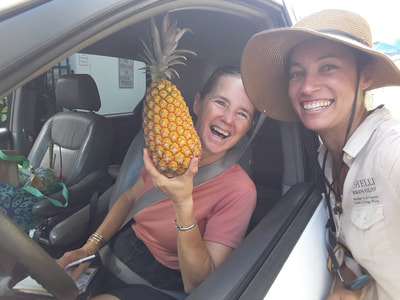















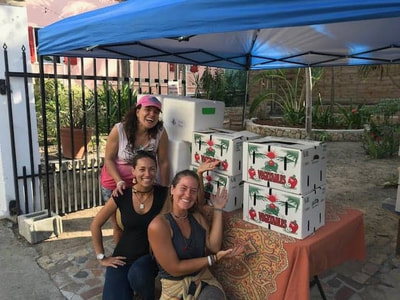



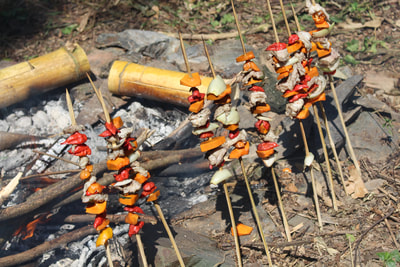
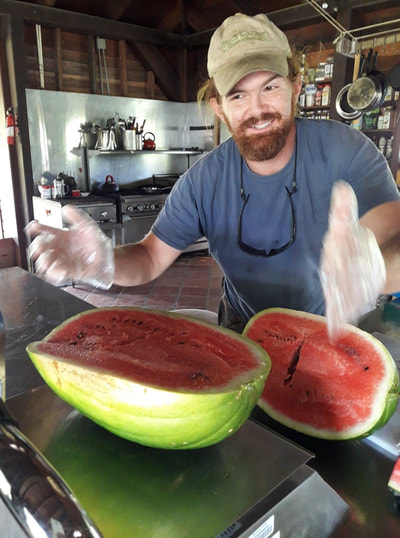
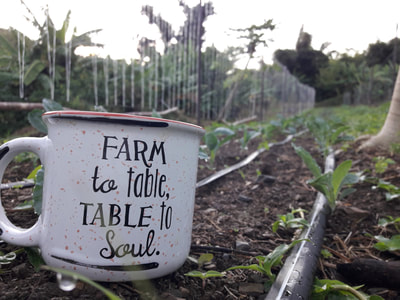
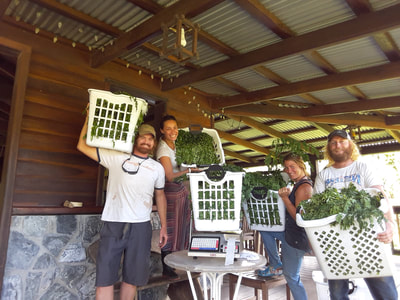
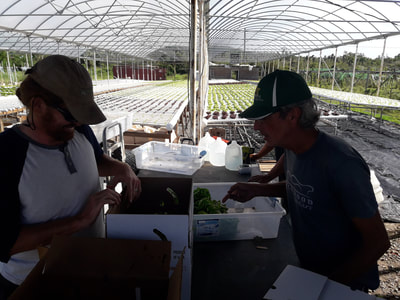
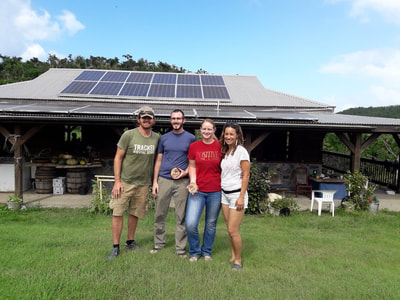
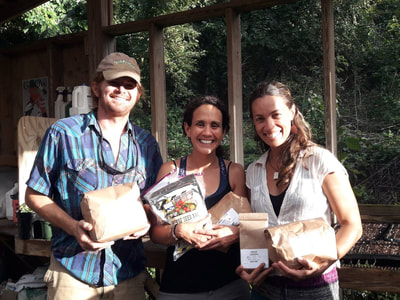
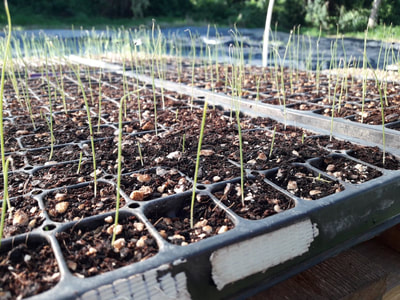





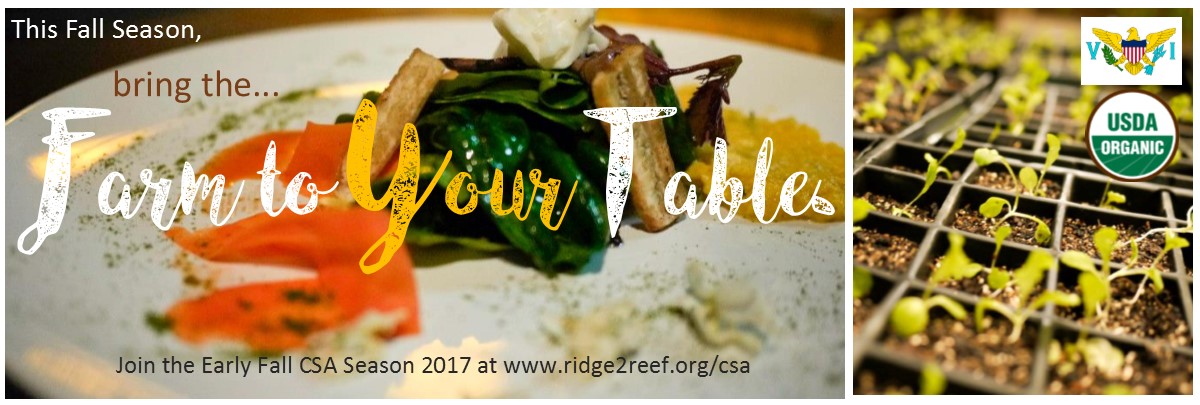
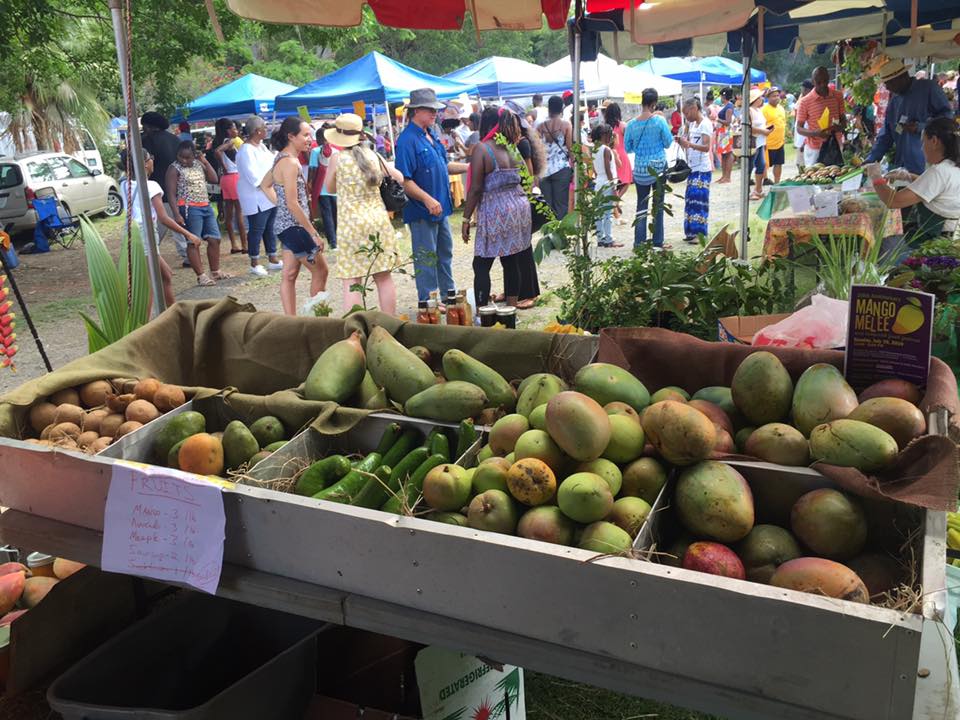
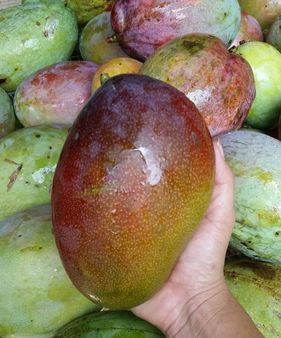
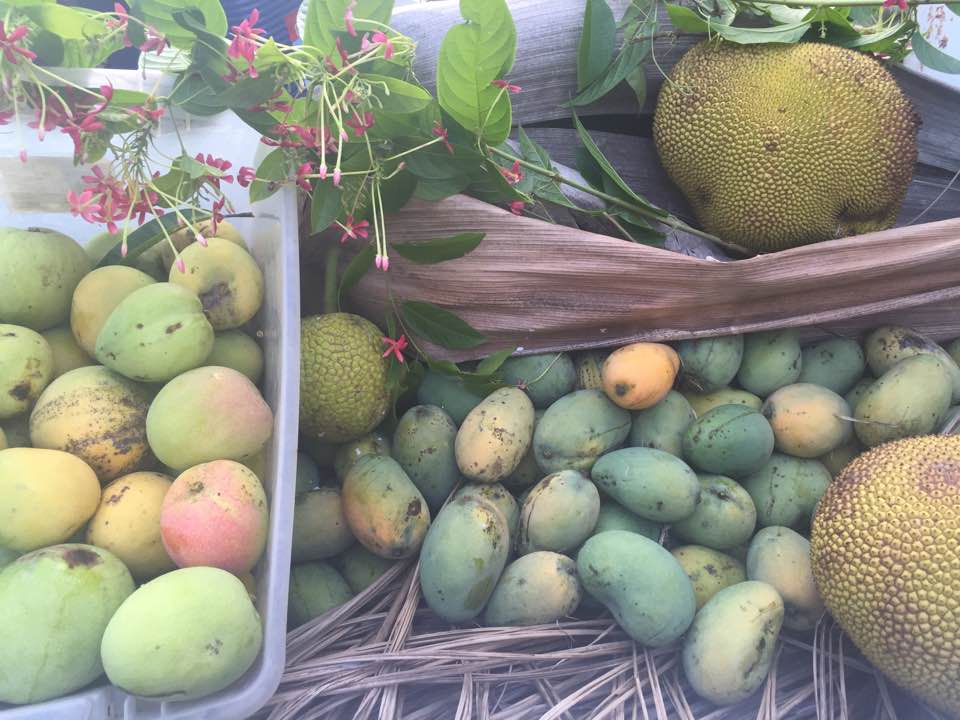
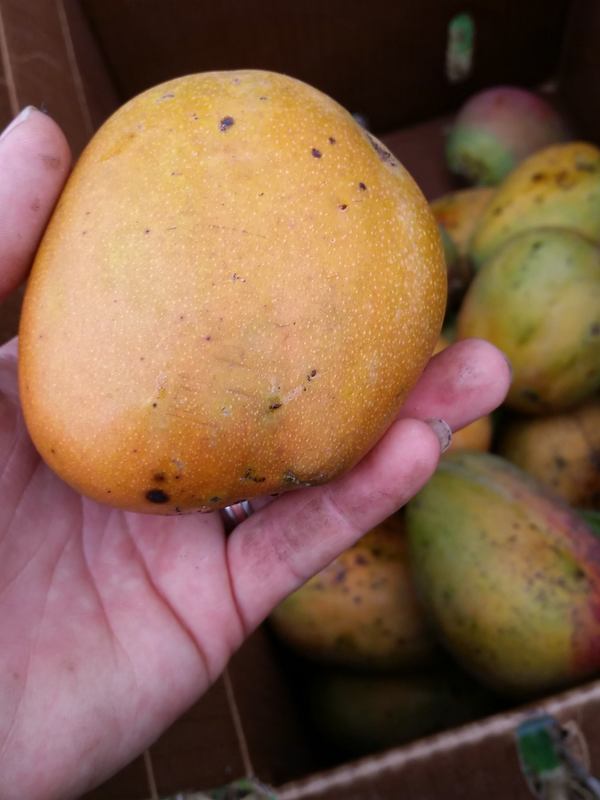
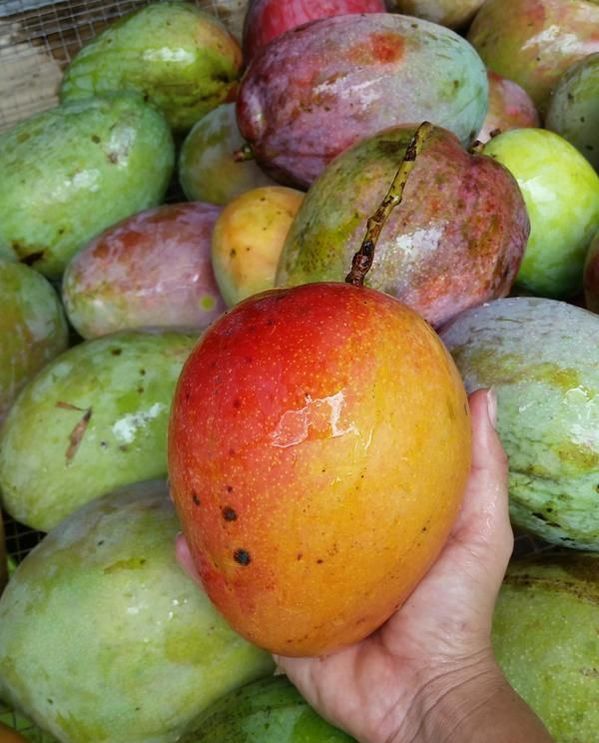
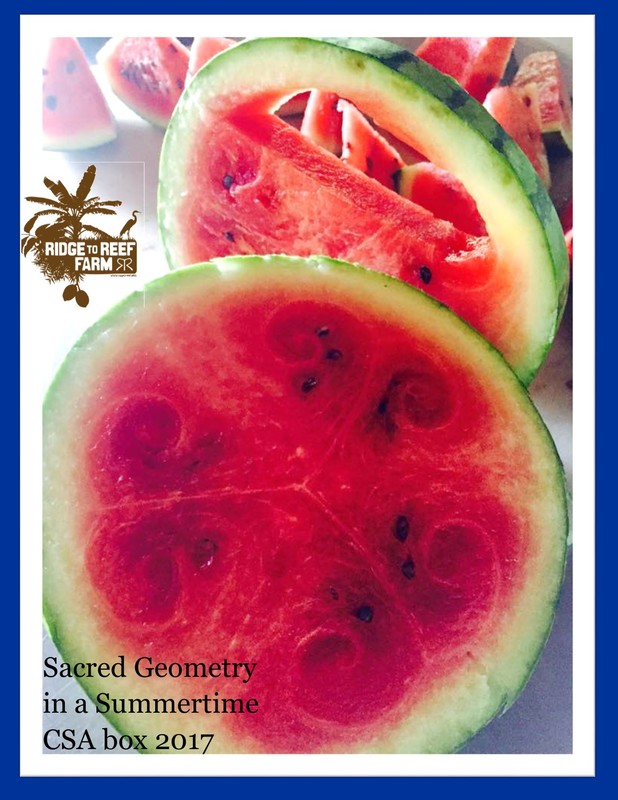



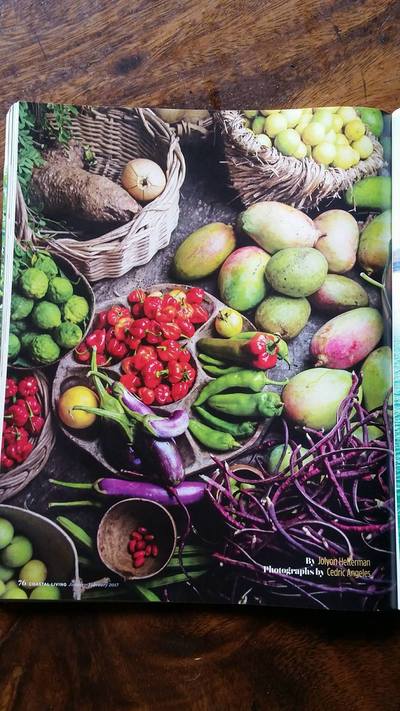

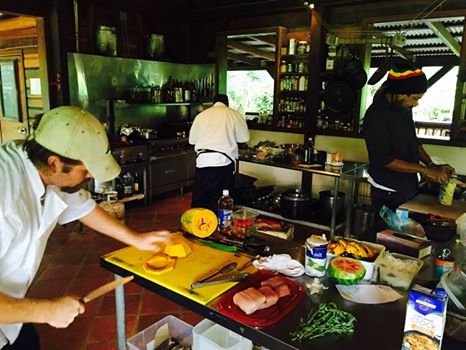
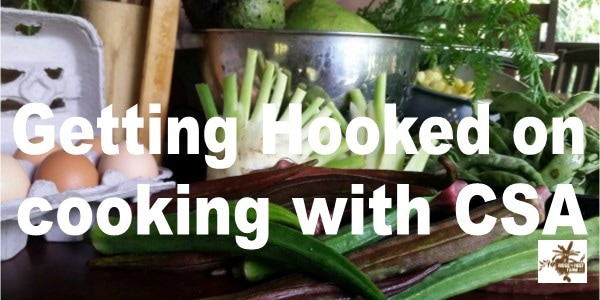
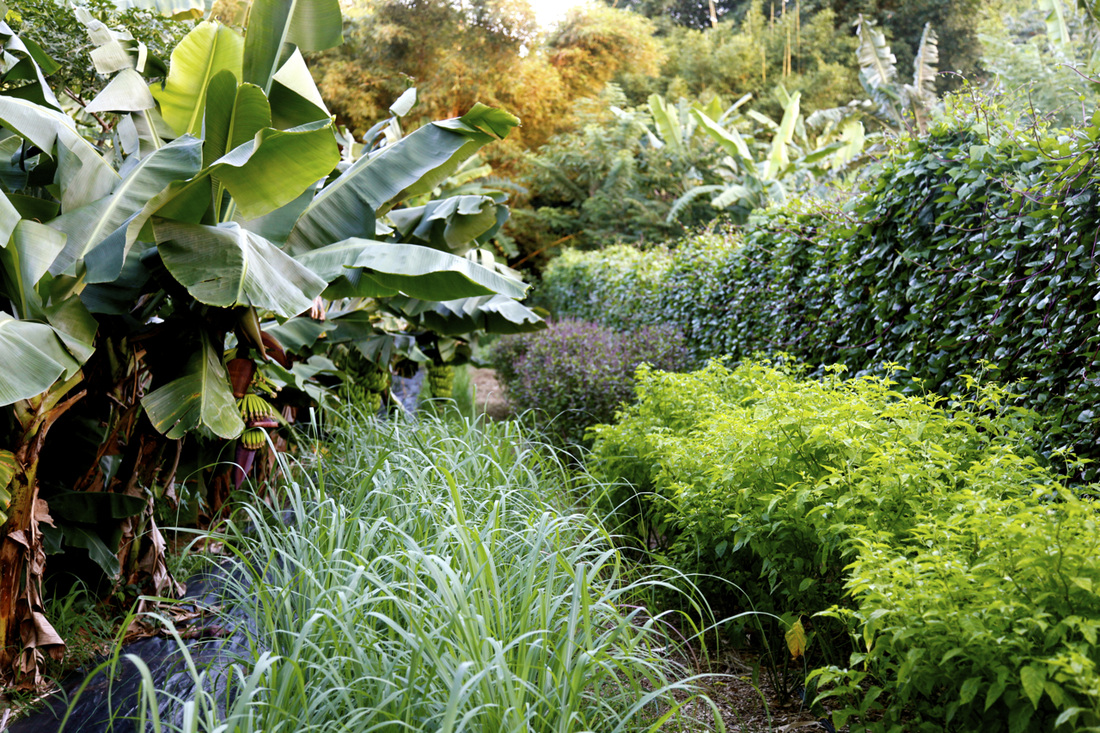
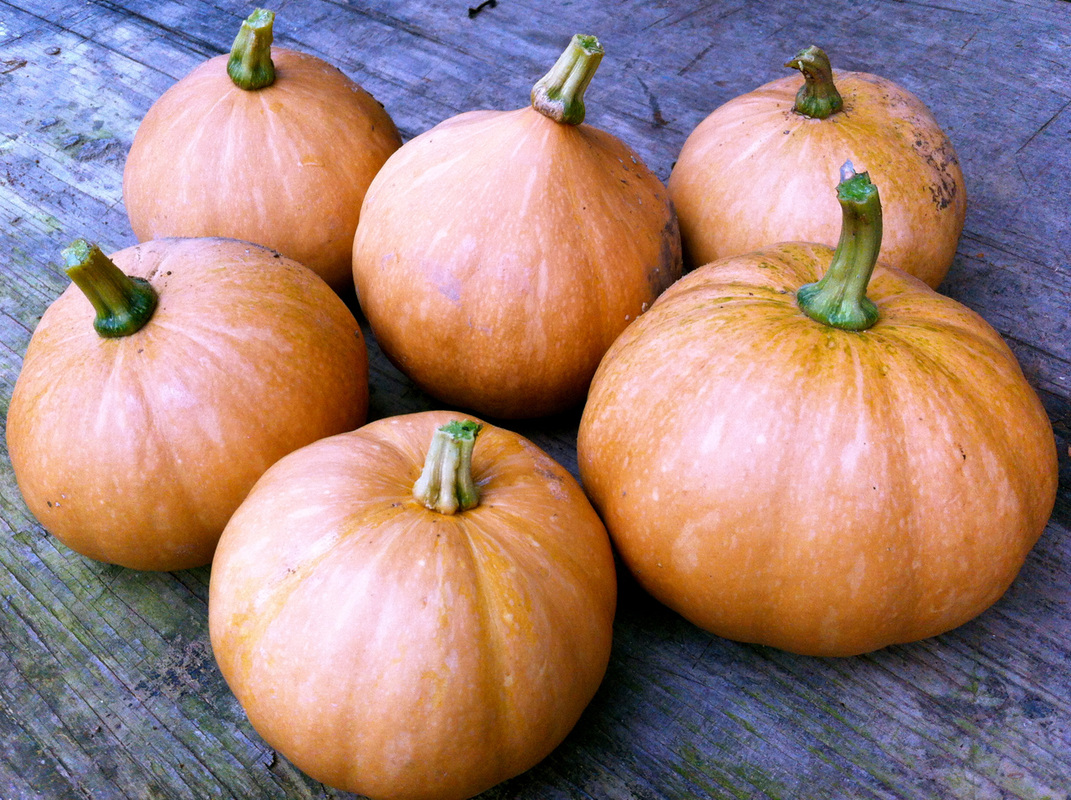
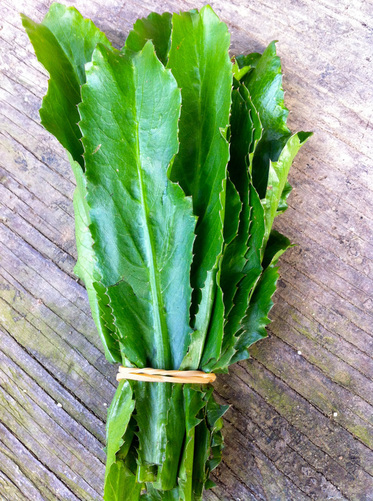
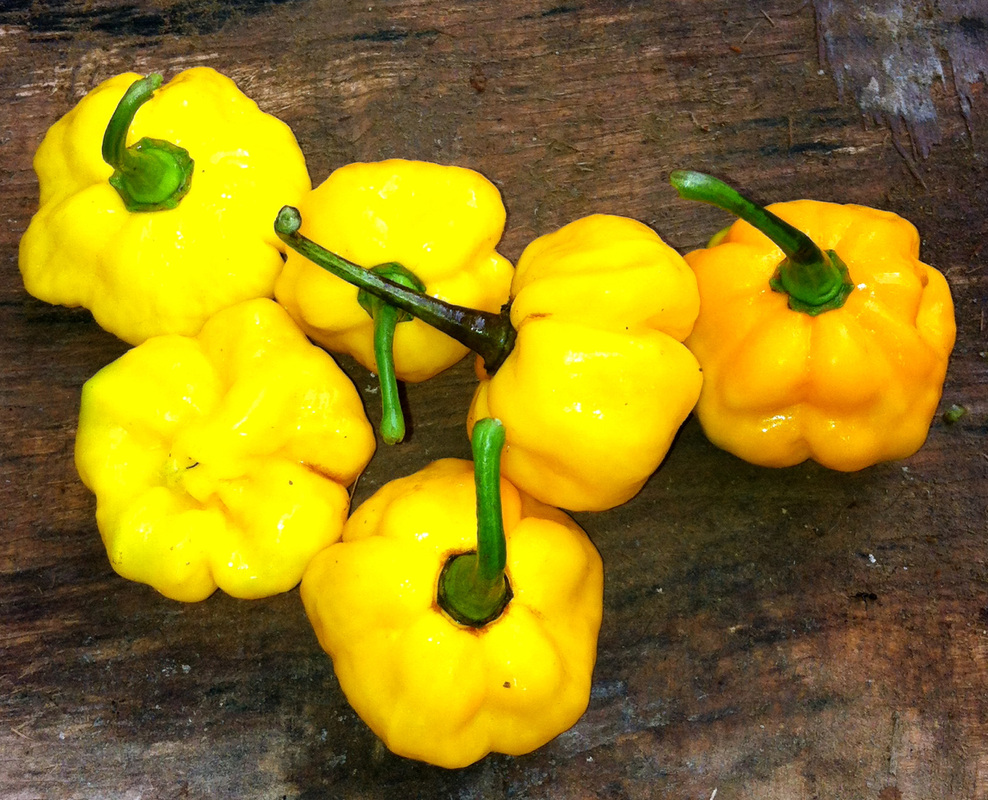
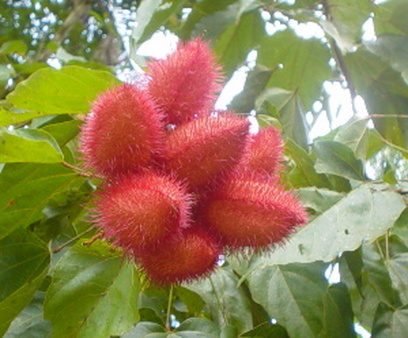
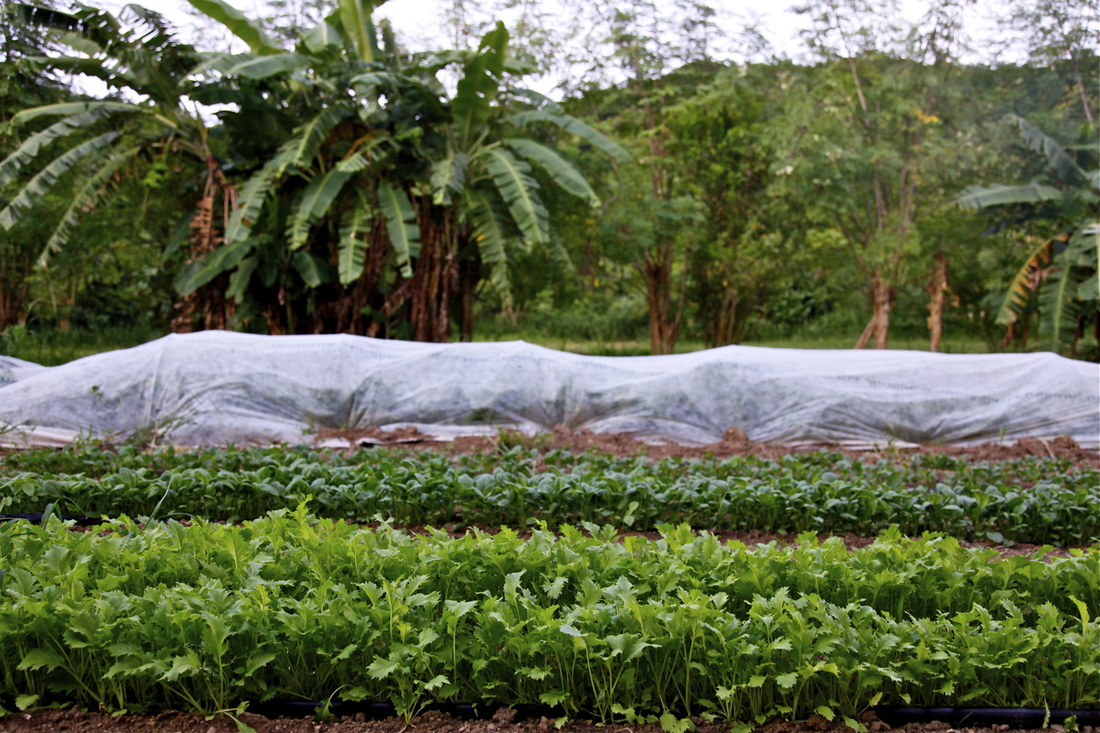
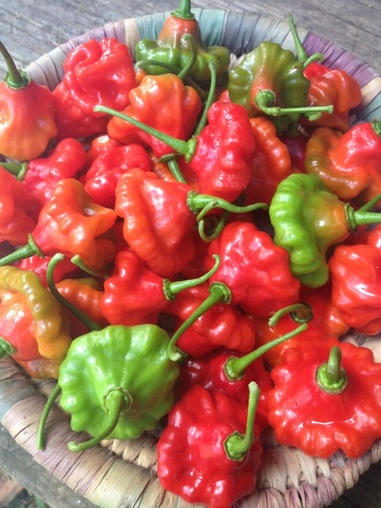
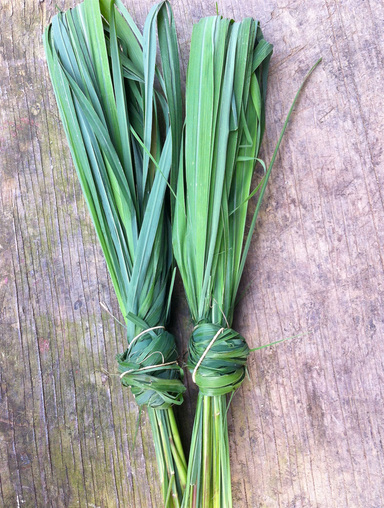
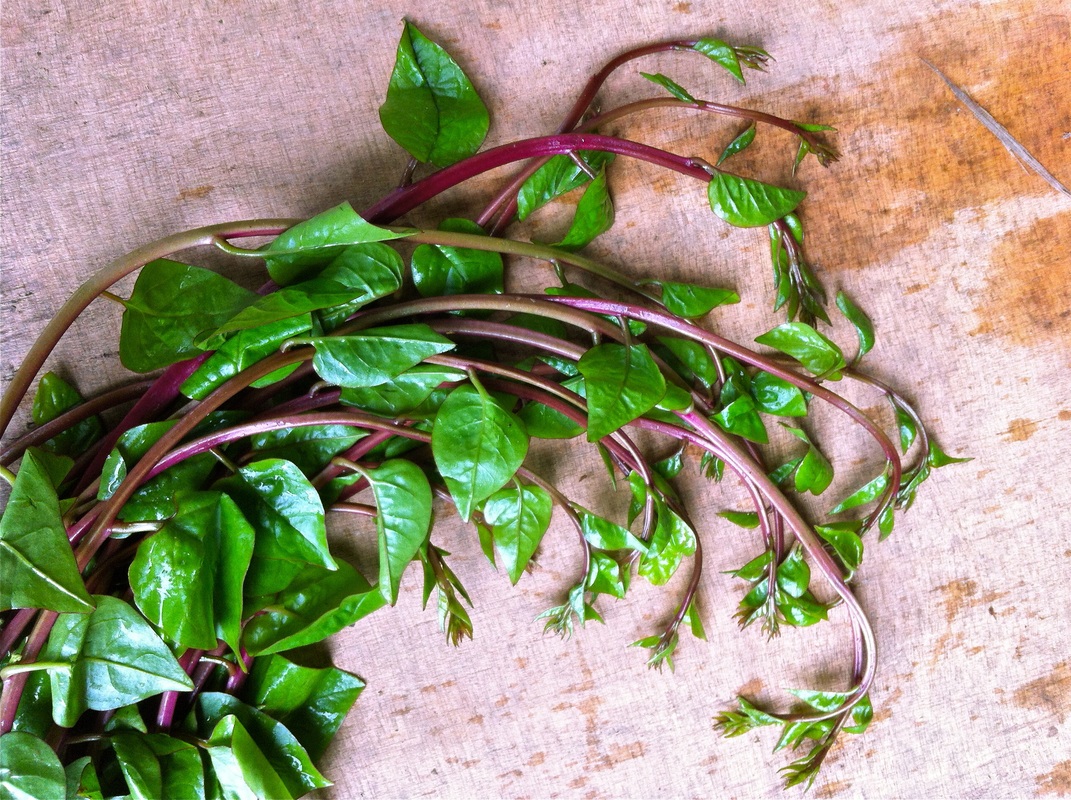
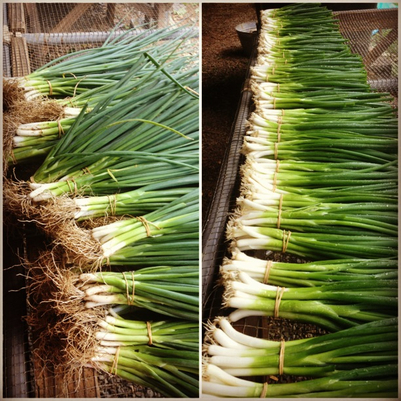
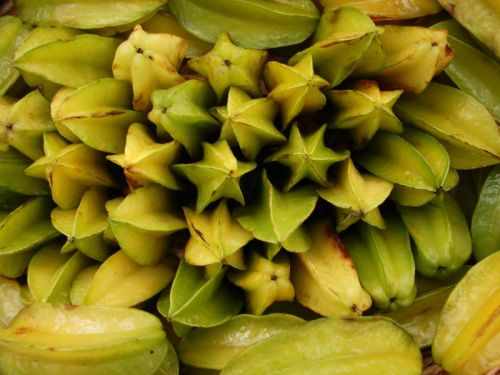
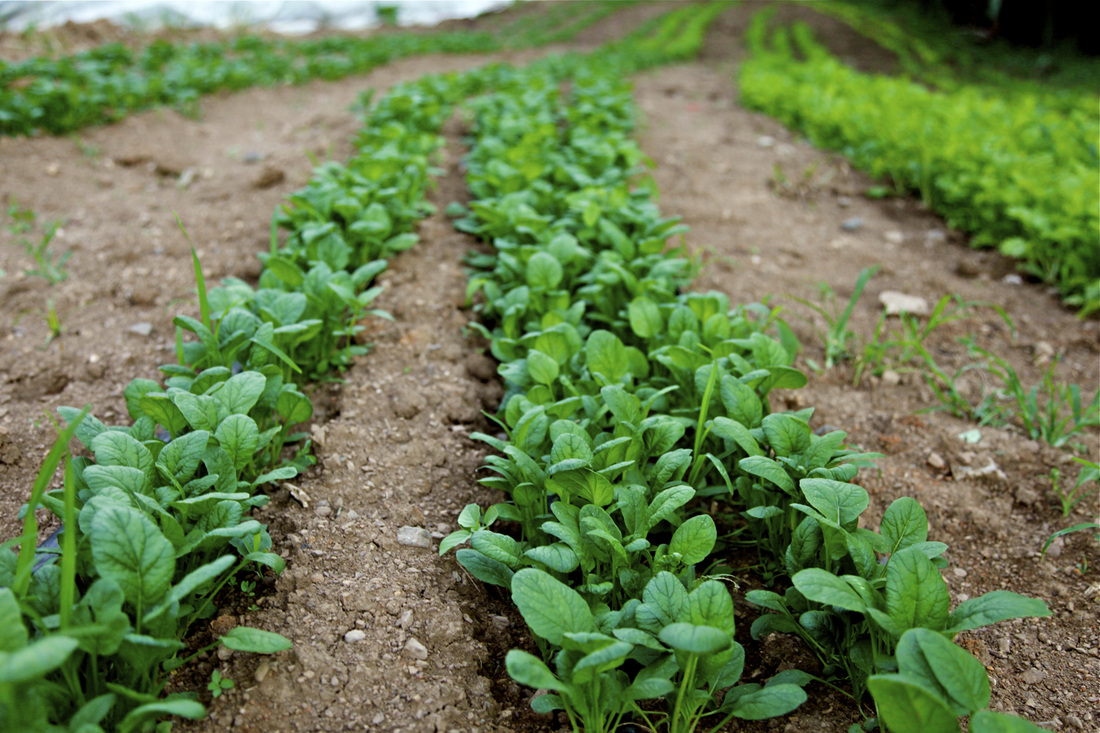
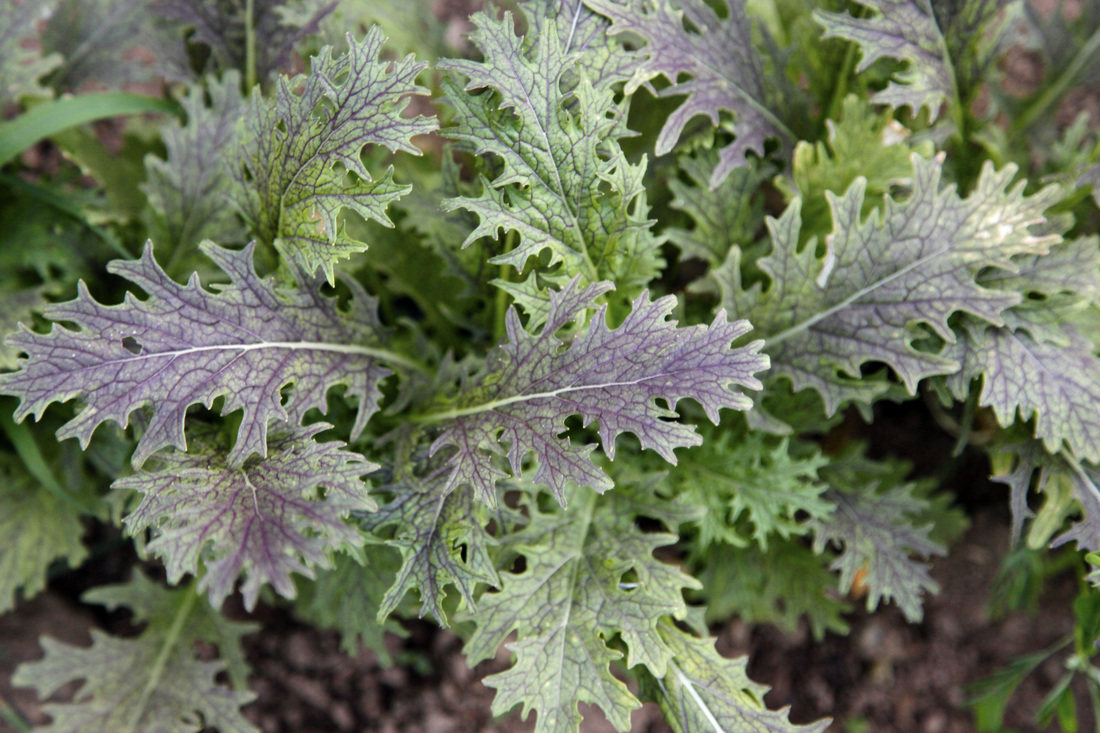
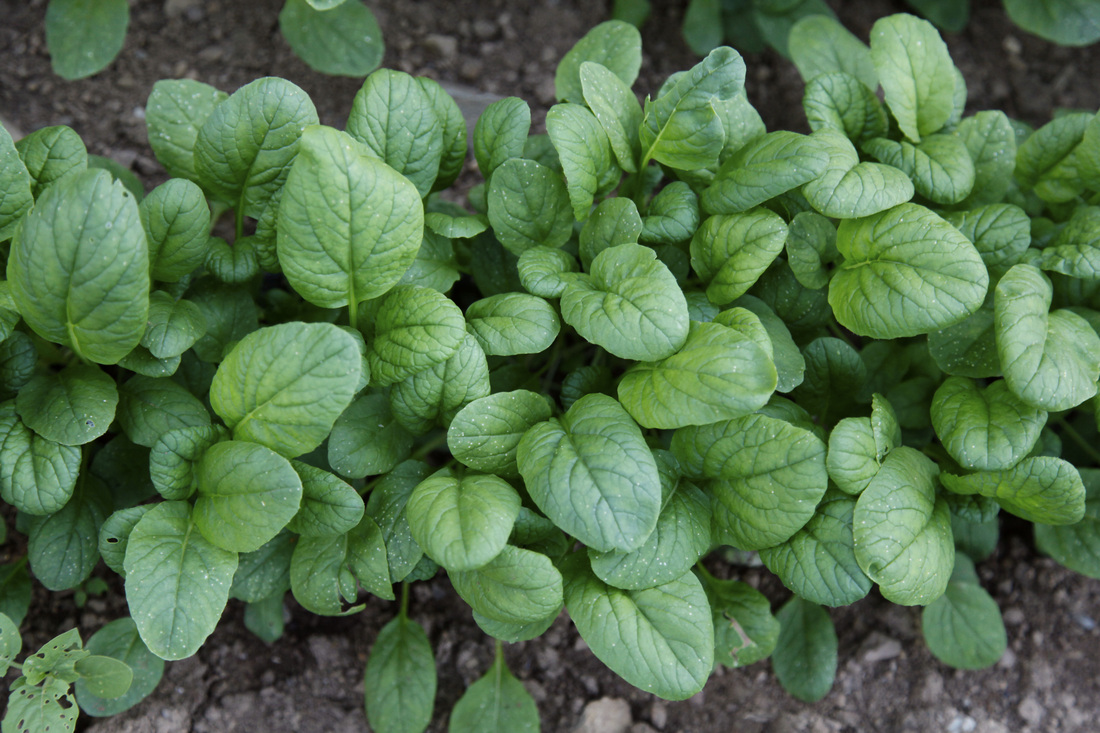
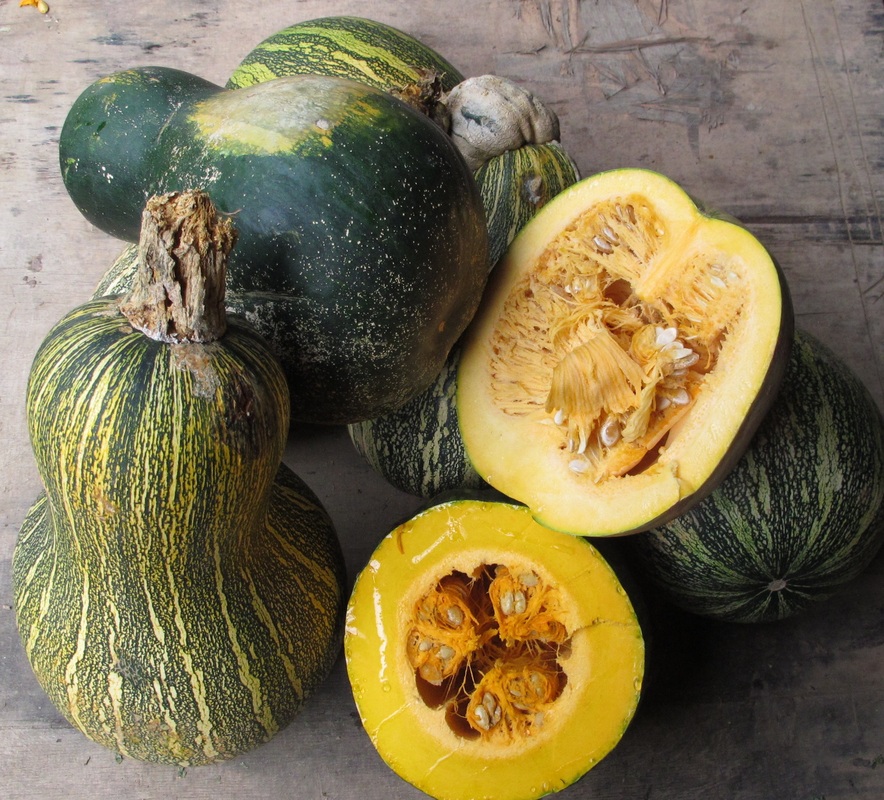
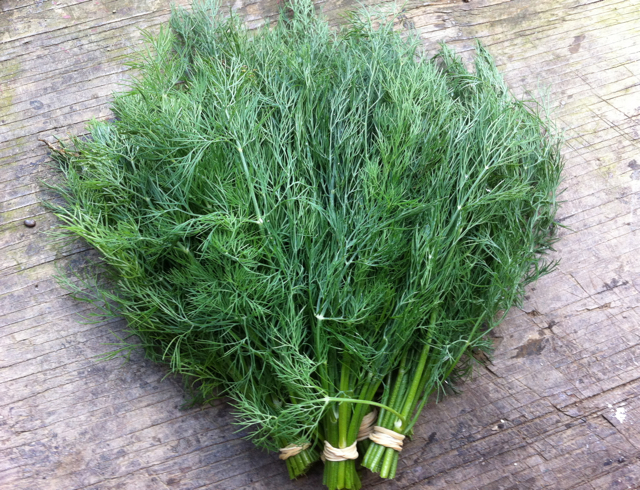



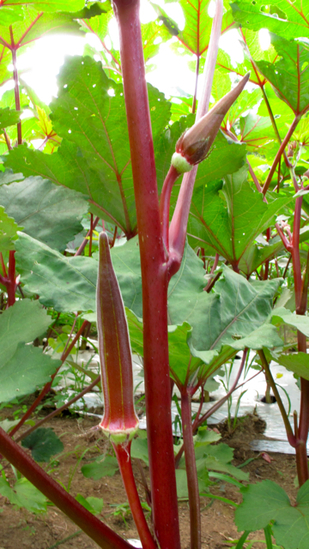

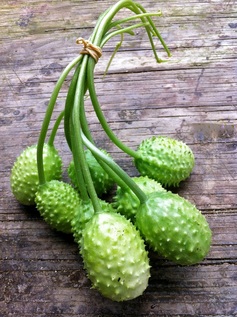
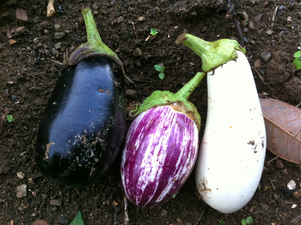
 RSS Feed
RSS Feed
